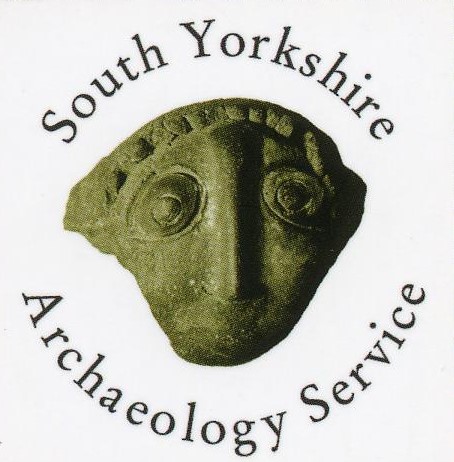Tommy Flockton's Field
Location/Address
Type
Other site, structure or landscape
Assets that cannot fit any of the other categories. This category includes sites of archaeological interest, where the original form and function may not be apparent without the use of archaeological techniques and interpretation.
Description
Statement of Significance
Asset type
Archaeological siteAge
The site preserves evidence of agricultural practices and industrial development of the post-medieval and industrial periods.Rarity
No other evidence of ridge and furrow is recorded in the area outside of this site, whilst a concentration of archaeological features relating to the construction of the Chesterfield Canal has not been identified elsewhere in the area.Group Value
The site has group value in relation to the Chesterfield Canal, with evidence surviving within the site potentially associated with the management and construction of its most ambitious undertaking – the Norwood Tunnel. The site also has group value in relation water management features for the former Hard Mill, which lay to the west.Historic Interest
The historic interest in the site is twofold, comprising: the illustrative value of the remains of ridge and furrow and the former water-channel, which preserve legibility of the, now largely lost, early post-medieval agricultural landscape of Harthill and Kiveton; and its association with the Chesterfield Canal. The canal is, as a whole, considered to be of national significance on account of its historical technological interest in achieving a number of firsts in building the longest tunnel, the longest flight of locks and the largest puddle bank known at the time. John Varley, whose possibly purpose-built, residence was at the edge of this area, was the canal’s resident engineer and would have played a significant part in the completion of the canal following the death of its original designer, James Brindley. The siting of his residence at the eastern portal of the Norwood Tunnel demonstrates the significance of this undertaking at the time - when built this was the longest tunnel in the world.Archaeological Interest
The surviving ridge and furrow earthworks and relict water channel are of modest archaeological interest in respect of evidence for post-medieval agricultural practices, and possess potential for evidence as to the age and development of Hard Mill to the west. Evidence of the construction of the Chesterfield Canal is of high archaeological interest. In addition to the shaft mounds and building foundations, there is potential for evidence of associated activities including tramways, temporary structures and evidence associated with the lives of the construction workers.Images and Documents

Photograph showing evidence of ridge and furrow farming in Tommy Flockton's field at the northern end of Harthill with Woodall.

Aerial view of Tommy Flockton's Field, Harthill with Woodall showing evidence of ridge and furrow farming after flooding. It also shows the channel from the former Tudor watermill that stood across the road where in the garden of Field House in the bottom left corner of the photograph.

Aerial view of the location of Pennyholme, built 1773. It was the home and offices of John Varley, Engineer for the Chesterfield Canal, overlaid with an Ordnance Survey map showing the extent of the house and outbuildings.

Ordnance Survey map showing the location of Penny Holme next to the Chesterfield Canal tunnel.

Stone steps leading from the side of the Chesterfield Canal tunnel to the site of Penny Holme.

One of the former gateposts to Penny Holme still standing today with evidence of stone brickwork still in situ in the foreground.
Date Listed
Last Updated
Comments and Feedback
Do you have any questions or more information about this record?





